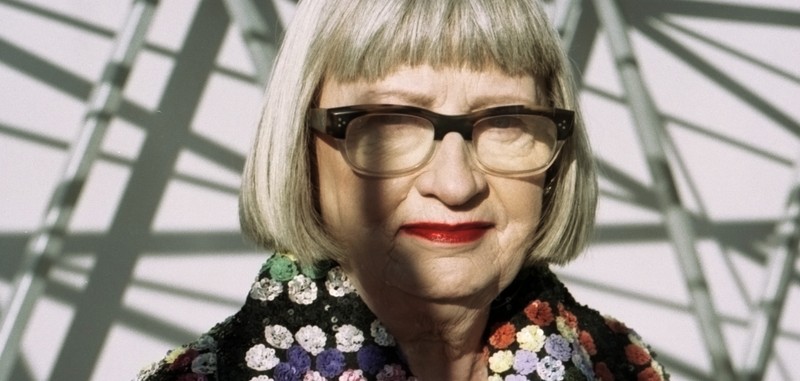
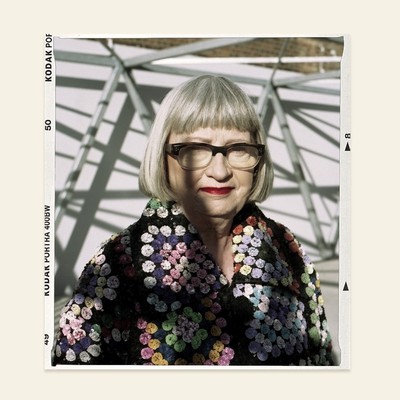
Chapters In My Life: Esme Young

Chapter One: Growing Up In The Shadow Of WWII
“I was born in 1949. My father was a pilot during the war and got shot down, which meant he returned to England and had to stay in hospital for two years. When I was born, he insisted I was named Emma after and old friend who had shown him kindness – even though my mother wanted to call me Caroline. When I was 19 and at St Martins, my name was called out as ‘Esme Young’ – I have no idea where it came – and when I said I went by Emma, my tutor seemed baffled that I would want to be known as Emma when my name was Esme, so that was the moment things changed.
“I was also partially deaf as a child, and no one really understood that that was the problem. My teachers thought I was thick and my father used to describe me as ‘dreamy’ – but, really, I was in my own little world because I couldn’t hear anyone. I also didn’t learn to read until I was seven because I didn’t know how to make the right sounds. It’s still a bit of a problem today because I have to look at everything visually.”
Chapter Two: Finding My Creative Passions
“I went to boarding school when I was five – which was quite common when you had parents in the military. They wanted to make sure you had a stable education. In my first year, because I was so young, I was spoiled by the older girls. We were also lucky that, for a convent school run by nuns, they taught us about the history of art – which is probably what sparked my interest in drawing. It was a way of expressing myself. They also taught us cross-stich, crochet, knitting and embroidery. Every Friday we had to spend time mending our own uniforms, too – it gave us the liberty to subvert the rules! I was seven when I made my own skirt.
“After school, I went to do an art foundation course in Cambridge. I was fortunate my father always encouraged me to pursue what I wanted to do – he’d trained to be a solicitor, but his passion was flying, so I think he understood. And because of my hearing, I wasn’t very academic, so I didn’t want to go to university.”
Chapter Three: Arriving At Cambridge & St Martins
“The course in Cambridge taught me everything I needed to know about art – drawing, sculpture, printing… it was very practical and we got to try everything. They had a brilliant graphics department, with lecturers including people like Roger Law (Spitting Image), which is why I then applied to study graphics at what is now Central St Martins. It was a wonderful time – I remember feeling like anything was possible and I could whatever I wanted.
“I made lots of good friends at St Martins, including Willie Walters who was studying fashion. We bonded over sewing and fashion – at the time, she was going out with someone on the graphics course, which is how we met, and after they broke up, we lived together for a bit, too. I helped her with her final collection, with lots of the beadwork and things like that. After graduation, she got married and fell pregnant, which meant she couldn’t go to Paris or anywhere similar, so we decided to open a shop in Camden Town in North London – that’s when Swanky Modes was born.”
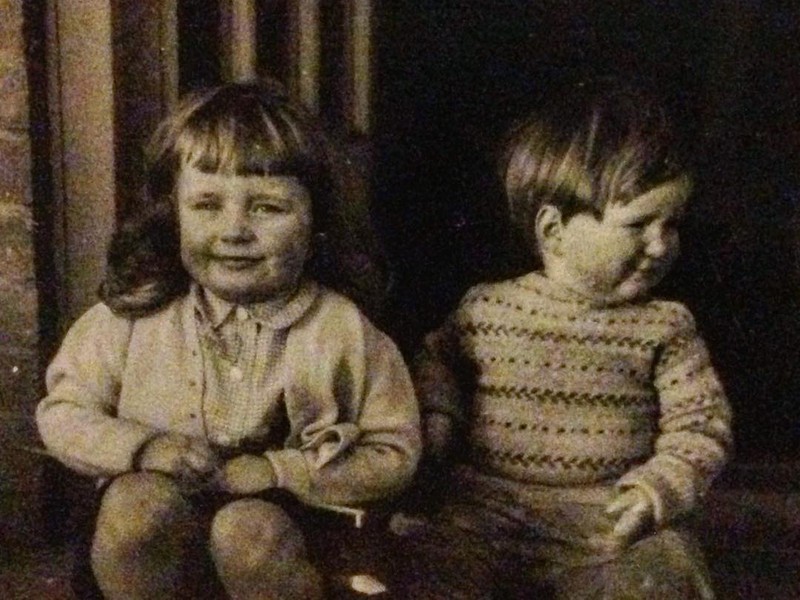
Chapter Four: Running Swanky Modes in the 70s & 80s
“Camden was so full of life and creativity at that time and, at Swanky Modes, we wanted to make and sell clothes we wanted to wear – in fact, a lot of Willie’s final collection ended up on the rails. Mel, another member of Swanky Modes, and I used to get tarted up and tour the magazines to try and meet the fashion editors. We had no idea about PR, but we’d take our clothes along and see if they were interested in using them on photoshoots.
“Caroline Baker was the fashion editor at Nova magazine at the time and she loved our see-through plastic macs. She told us Helmut Newton would be keen to photograph them and asked me to send some drawings to him. I drew the macs on naked bodies – mainly because it was too hard to draw them over clothes. Well, he took it literally and that’s how he shot them in the end. [The fashion designer] Katharine Hamnett ended up coming into the shop to buy one.
“We had quite a lot of musicians and fashion editors coming in and out of the shop all the time. Bette Bright [musician and wife of Suggs from Madness] used to buy quite a lot and word spread. Also, when I was squatting in London, Sid Vicious lived next door. There really was such a creative community at large back then – it’s quite different now.”
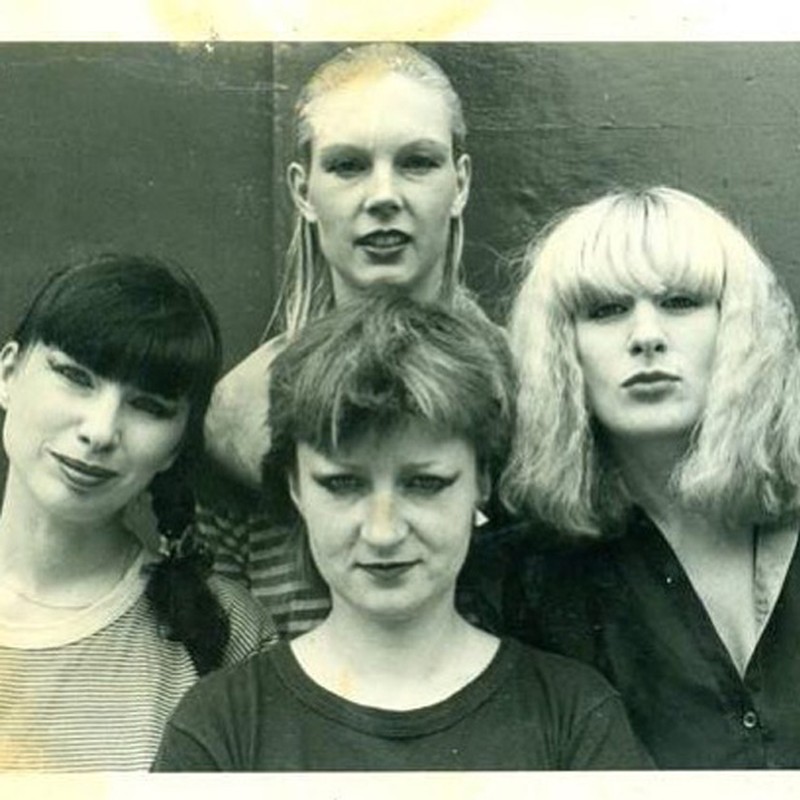
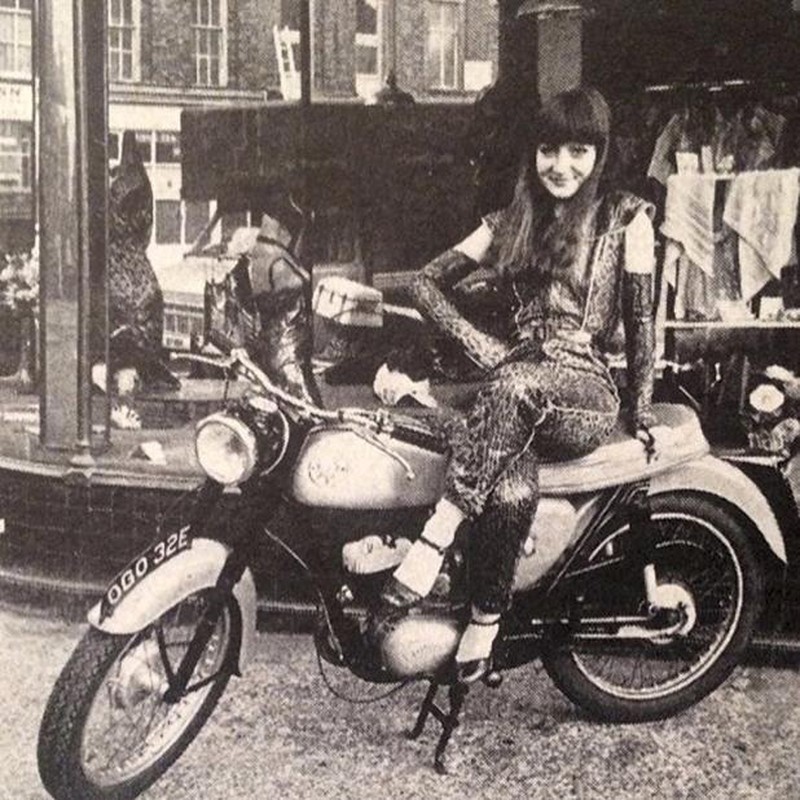
Chapter Five: Hollywood Comes Knocking
“At the beginning of the 90s, our lease at Swanky Modes was coming up. Mel had left and Judy was living in Hastings, and it would have all come down to me to run it. So, it felt like the right time to close. Instead, I set up a new workshop and several ex-employees started to get me involved in the film world. Working in this world depends so heavily on who you know and who you meet – I was only asked for a CV when I applied for the position on The Great British Sewing Bee. I’d never done one before and had to get my brother to help me!
“The films I’m probably best known for working on include Trainspotting, The Beach and Bridget Jones’s Diary. Renée Zellweger’s bunny suit is probably the one outfit people want to know about. She wanted it tighter and tighter to emphasise Bridget’s figure. I made a pretty intricate corset, and she couldn’t sit down in it in the end. I also made the pink suit Dale Winton wore in Trainspotting. I loved having a bit of input in all these films. Since the early/mid 2000s I’ve also worked as a pattern cutter for the designer Ashish (on the recommendation of former fashion design professor Louise Wilson) but he always enjoys hearing my thoughts, too.”
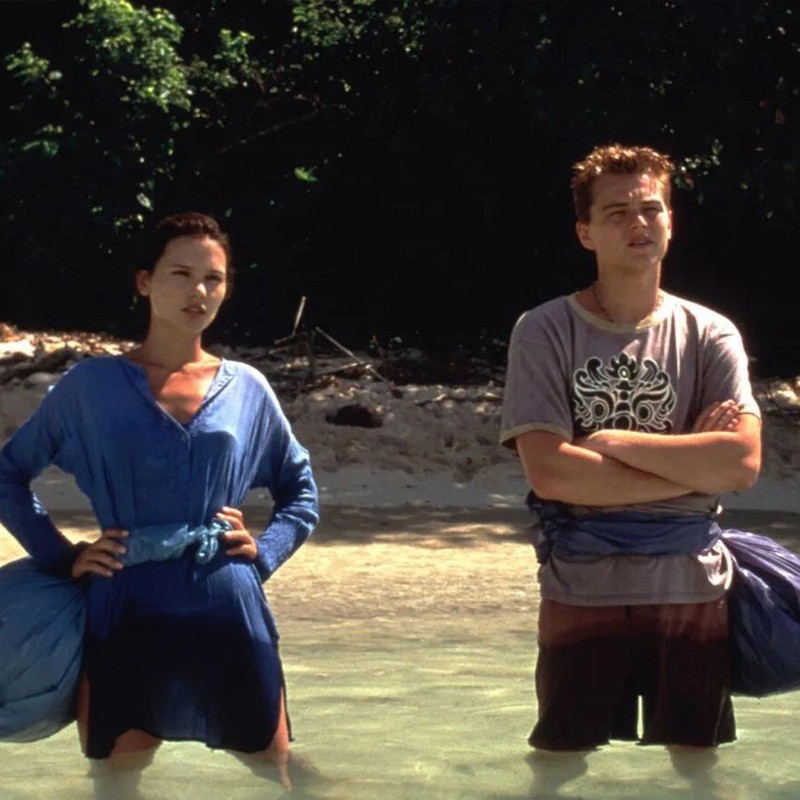

Chapter Six: Teaching & Collaborating With Grayson Perry
“Teaching is one of my greatest joys. But it’s not about us as teachers – the fashion course at Central St Martins is all about nurturing the students’ creativity. It’s not about pushing them into industry positions – lots of them end up as artists, rather than designers. I think I learn as much from them as they do from me. We always have to think collaboratively to bring their visions to life. It’s also not lost on me how expensive it is to go to art or fashion school these days – way back when, we got grants, but students have to get a scholarship now if they can’t afford the fees.
“I met Grayson Perry after Natalie Gibson (a colleague of mine at St Martins) bumped into him on the bus and suggested he collaborated with us on a student project. At the time he was already wearing quite traditional womenswear, but I still brought in two male friends to model the clothes. The next year, he said he wanted to model them himself. He’s extremely generous with the students – he gives each of them £100 to put towards the fabrics and buys quite a lot of the finished pieces. And he gives £500 to those who come first, second and third.”
Chapter Seven: Joining The Great British Sewing Bee
“I met a woman at a party who told me she was a producer on a sewing programme and asked if I might be interested. About three years later, they were looking for a new judge. They auditioned about 17 people, including me, and I was the one who got it – age 67. I’ve never been frightened of cameras and it’s such a positive show to be a part of. [Fellow judge] Patrick Grant and [presenter] Claudia Winkleman have been such wonderful supports, too. My favourite thing about it is how the sewers bond with each other – I really enjoy seeing them all at the Stitch Festival later in the year.
“I don’t find it hugely difficult being a judge on the show – it’s not dissimilar to the appraisal process you do as a teacher, and I can spot when things aren’t quite working. The most important things are the silhouette and the fabric you choose to work with. The correct fabric is what counts – not just quality – because you need it to do what you want it to. I also look at sewing technique. I know first-hand that the only way to learn is often through mistakes.”
Chapter Eight: The Future Of Fashion
“I find what’s happening on the high street a bit disheartening. Going to the shops and buying something makes you feel good – but only for a little while. It’s a bit like having a drink or eating an ice cream. Short-term pleasure. It’s no wonder the fashion industry is the second-most polluting industry in the world. Fast fashion is all about the high. That’s not to say it doesn’t serve a purpose – truly sustainable garments are expensive, and therefore they can be exclusive – but it’s about buying second-hand where possible and, if you buy new, buy less. It’s such a complicated issue and it’s really difficult to build a truly sustainable brand. I don’t really envy those who are trying to do it.
“Of course, one way to be more sustainable is to try making your own clothes. Find a sewing community – there are hundreds now, even online – and start with something simple. There are lots of brilliant online tutorials and practice makes perfect. It’s also really good for your mental health to create things and have something to focus on and learn. It’s a different – and much better – kind of high, if you ask me.
“I’m one of those people who, if I’m offered the chance to do something new, I’ll go for it. I don’t want to sit at home; I like being stimulated. You don’t have to do anything extreme – I’m not flying aeroplanes; I’m only harnessing the knowledge I’ve acquired throughout my life. But I like to push myself. Even at 73, I don’t see any reason why I shouldn’t.”
Behind the Seams: My Life in Creativity, Friendship and Adventure by Esme Young is out now. Available at Waterstones.com. The Great British Sewing Bee is on BBC1 every Wednesday at 9pm. Catch up with the series on BBC iPlayer.
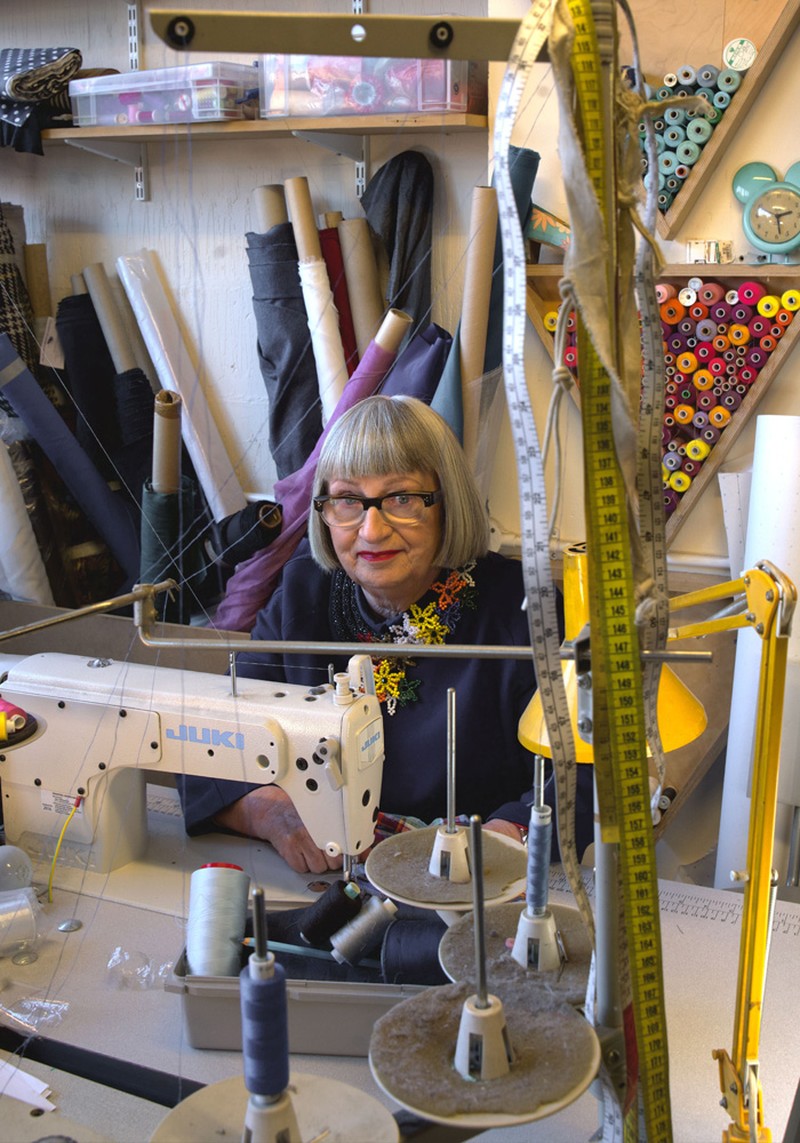
DISCLAIMER: We endeavour to always credit the correct original source of every image we use. If you think a credit may be incorrect, please contact us at info@sheerluxe.com.

